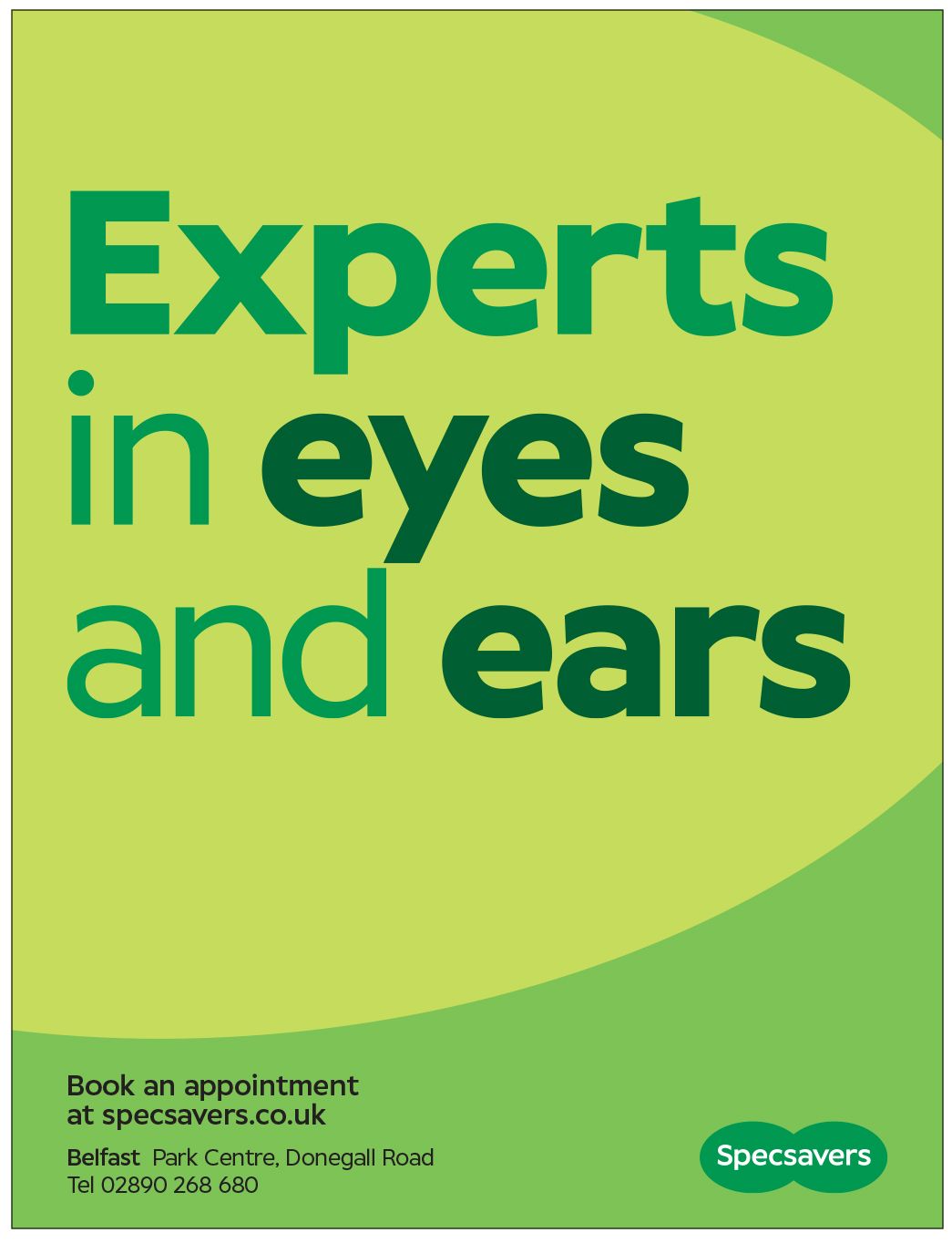AH, the border. Over 100 years old and still creating bother.
When we were small, our Auntie Peg would plant tea, sugar and butter on me and my sisters. The girls did most of the heavy lifting, since they had all sorts of deep recesses under their skirts and even in their knickers, while I had only a pair of short trousers. We had cousins living near the Tyrone-Donegal border and they were said to be regularly involved in driving sheep and cattle across the border on moonless nights. Down the decades the Irish people have shown that if they were to be stuck with a border, they’d squeeze as much commercial advantage out of it as they could.
But not now. Now there is still a straggling 310 miles of border, but it’s become invisible, apart from the roadside directions. Up and down, over and back – we’re used to crossing and re-crossing it, leaving tourists with a vague sense of confusion: are we really in a different country?
But now the invisible border is a damned nuisance. Immigrants, we’re told, are coming from the north, and they’re flooding south to erect little tents along the banks of Dublin’s Royal Canal. The authorities, not wanting this eyesore to put tourists off, remove the tents and disperse immigrants, only for the next day to see the arrival of new immigrants with fresh tents.
Increasingly desperate, the Dublin government sends immigrants to towns and villages all over the south, apparently forgetting to tell the local people to brace themselves, immigrants heading their way. This plays to the nastiest part of local people’s nature: fear and loathing is everywhere. What? A hundred foreign males? My God – lock up your daughters! As RTÉ presenter Aine Lawlor asked on Sunday: is it only a question of time before somebody gets killed?
‘We’re giving out tents through government funding then taking away the tents within days. It makes no sense to me’ - Ciara Kelly.
— NewstalkFM (@NewstalkFM) May 15, 2024
Tánaiste @MichealMartinTD admits that there is an issue around handing out tents to migrants and homeless people in Ireland.
The Minister for… pic.twitter.com/Hy8Vv1owv1
What to do? Well, a smiling Jim Allister says to erect a border across Ireland. As John McEnroe said to the umpire, 'Jim, you cannot be serious.' The border, as we mentioned, is over 300 miles long. It can’t be manned in its entirety, and there’s less chance it can be used to monitor the movements of immigrants southbound.
What to do? Well, ID cards have been suggested. That’d tell us who we were faced with, and how many, and if they have skills that Ireland needs. At present there are 1,800 immigrants in the south of Ireland. Indications are that there are several thousands more en route to Ireland.
What if we saw these people as a potential benefit rather than a burden? In 2021, Ireland’s unemployment rate was 4.1 per cent. We might identify gaps in employment which immigrants might fill, rather than leaving them to loll about their tents, putting the fear of God into elderly ladies. Immigrants could be employed in a range of areas, thus making them not a financial burden on the state but integrated with the host community and contributing to the economy through their taxes.
Last Sunday, Sinn Féin’s Louise O’Reilly urged the Dublin government to establish an immigrant system that was fast, enforced and effective. Certainly at the moment it is slow, slapdash and headed for a fresh crop of tents along the banks of the Royal Canal.
So let’s just ask immigrants these questions:
Are you a refugee or an economic migrant?
What skills do you have that we can use?
Clear and verifiable answers to these questions, followed by a fair verdict, would go some way to resolving the crisis.









